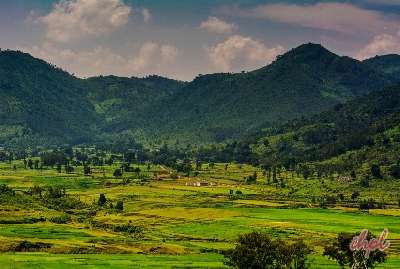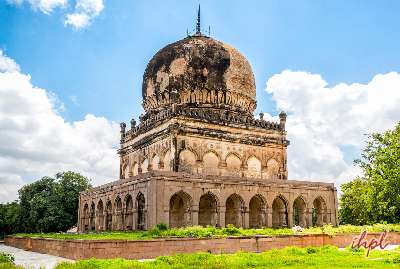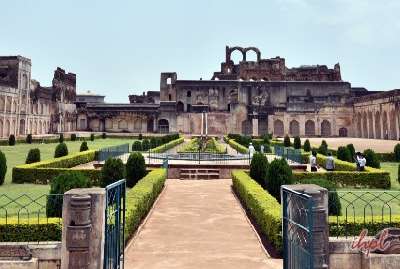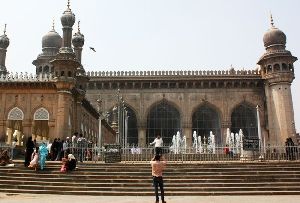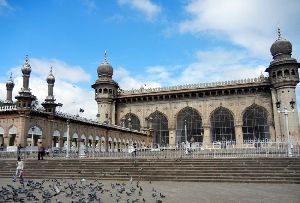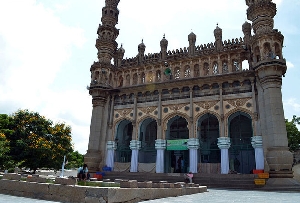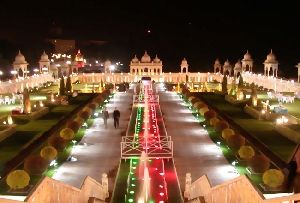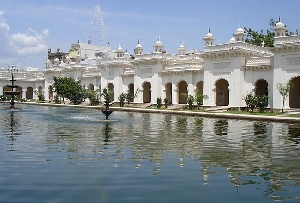Hyderabad is where numerous cultures amalgamate in unique proportion to give the state the prestige of a secular yet one of the best metropolitan cities in South India. It is considered the “Gateway of South India”. Born about a few centuries ago, the city has gained much in the course of its short sojourn towards being the fifth metropolitan city in India.
Christianity, Hinduism, Islam, Jainism, and Zoroastrianism (an Iranian religion, one of the world’s oldest organized faiths) are some of the few cultures present here, apart from the Telegu and the Tamil-speaking group of people. Hyderabad is also an important seat of learning in South India. People are drawn to the monuments of Hyderabad, which are proud testimonies of a rich Indian heritage.
It had been the capital of the Golconda Dynasty. The Monuments of Hyderabad are unique in their own ways and offer welcome relief from the fast world. They invite the tourist to explore their memory lanes to the ages past, making them nostalgic and contemplative.
There are numerous historical places in Hyderabad. Here are the top ones –
- Charminar was constructed by Mohammad Quli Qutub Shah in 1591 after he shifted his capital to Golconda. Renowned for its four characteristic minarets, the Charminar is four-storied, and the topmost floor consists of 45 sheltered prayer halls.
- Golconda Fort is located 11 Km from Hyderabad and dates back to the Kakatiya Dynasty, which constructed it in 1143. Later it became a part of the Islamic Bahmani Sultanate. It means Shepherd’s Hill.
- Falaknuma Palace is located in the old Hyderabad City, erected by Vikar-ul-Umra, and later bought by the Nizam VI of Hyderabad.
- Osmania University was established in 1918 and is a member of the Association of Indian Universities.
- Purani Haveli had been the original residence of the Nizam of Hyderabad and is U-shaped. Two oblong lanes run parallel to one another.
- Paigah Tombs is an elegant building and a wonder of marble; it extends to 30-40 acres of land and belongs to the Paigahs of Hyderabad.
- Asman Garh Palace was constructed by Sir Asman Jha, belonging to the Paigah Family, and later this was converted into an archeological museum.



